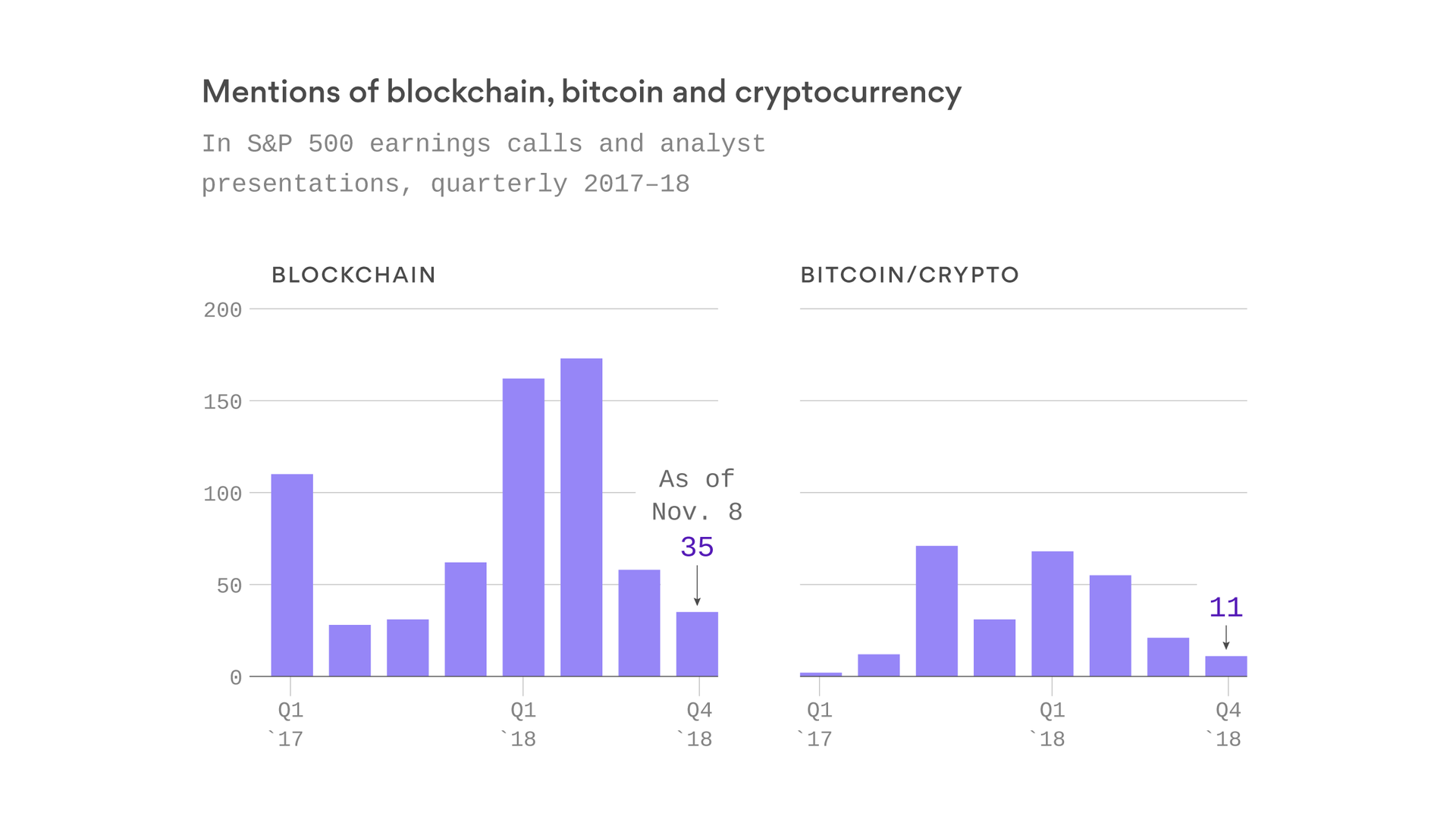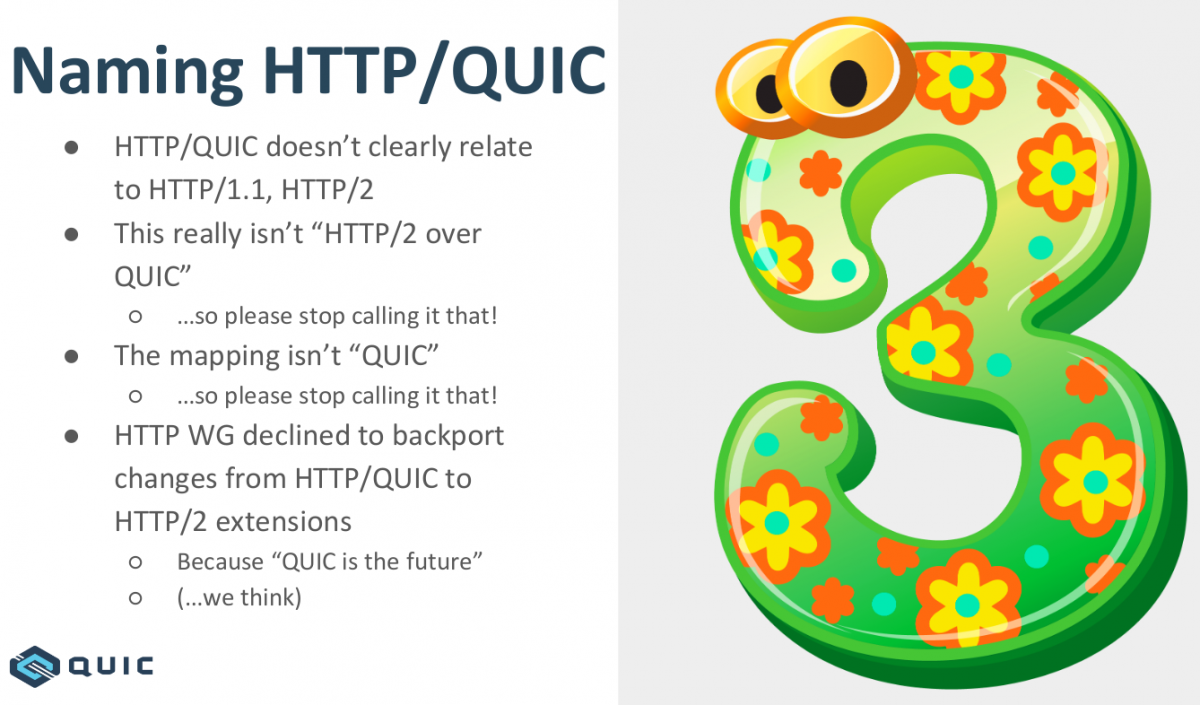Quick noted: The tech world predicted if for a while, Axios proves the hype is over with numbers.
Corporate America’s blockchain and bitcoin fever is over
Source: Corporate America’s blockchain and bitcoin fever is over – Axios
Quick noted: The tech world predicted if for a while, Axios proves the hype is over with numbers.
Corporate America’s blockchain and bitcoin fever is over
Source: Corporate America’s blockchain and bitcoin fever is over – Axios
 Today in dystopian news: Amazon, the book selling department, controlling about 40% of the US book market, collects reading habbits from their sales and Kindle. By now the corporation knows enough about it’s customers it could be generating best selling books. Spookey. And potentially game changing, when machines replace creative professions.
Today in dystopian news: Amazon, the book selling department, controlling about 40% of the US book market, collects reading habbits from their sales and Kindle. By now the corporation knows enough about it’s customers it could be generating best selling books. Spookey. And potentially game changing, when machines replace creative professions.
Amazon has the ability to track vast amounts of reader data and use it to change the landscape of American fiction.
Source: Amazon has so much data it could make algorithm-driven fiction — Quartz
Heute in der Welt:
Wie der Versuch Produkte zu schützen Digitalisierung, bei der es vorrangig um Dienstleistungen geht, behindert.
Leistungsschutzrecht: Was die Digitalstrategie der Regierung durchkreuzen kann: In wenigen Tagen wird ein EU-weites Leistungsschutzrecht beschlossen. Es enthält eine Regel, die das Kanzleramt in Aufregung versetzt. Sie droht die Bemühungen, den Anschluss an das digitale Zeitalter zu finden, zu untergraben.
— Weiterlesen www.welt.de/politik/deutschland/article183795474/Leistungsschutzrecht-Was-die-Digitalstrategie-der-Regierung-durchkreuzen-kann.html
It’s true. Never touch the ancient code. The elder know.
Introducing Amazon Corretto, a No-Cost Distribution of OpenJDK with Long-Term Support | AWS Open Source Blog
— Weiterlesen aws.amazon.com/de/blogs/opensource/amazon-corretto-no-cost-distribution-openjdk-long-term-support/
HTTP over QUIC will be called HTTP/3, following a suggestion by Mark Nottingham.
 Source: HTTP/3 | daniel.haxx.se
Source: HTTP/3 | daniel.haxx.se
It’s a huge effort considering the scale of the project and the relevance of customer data for Amazon. Given their cloud business and it’s maturity – AWS is more than 10 years old by now and leading the pack – this move seems overdue.
Amazon.com Inc. has taken another step toward eliminating software from Oracle Corp. that has long helped the e-commerce giant run its retail business.
Source: `Keep Talkin’ Larry’: Amazon Is Close to Tossing Oracle Software – Bloomberg
CORS, CSP, HSTS, and all the web security acronyms!link.medium.com/jMrLJYrzBR
That’s a lot of WordPress…
Around 62% of all Internet sites will run an unsupported PHP version in 10 weeks
— Weiterlesen www.zdnet.com/google-amp/article/around-62-of-all-internet-sites-will-run-an-unsupported-php-version-in-10-weeks/